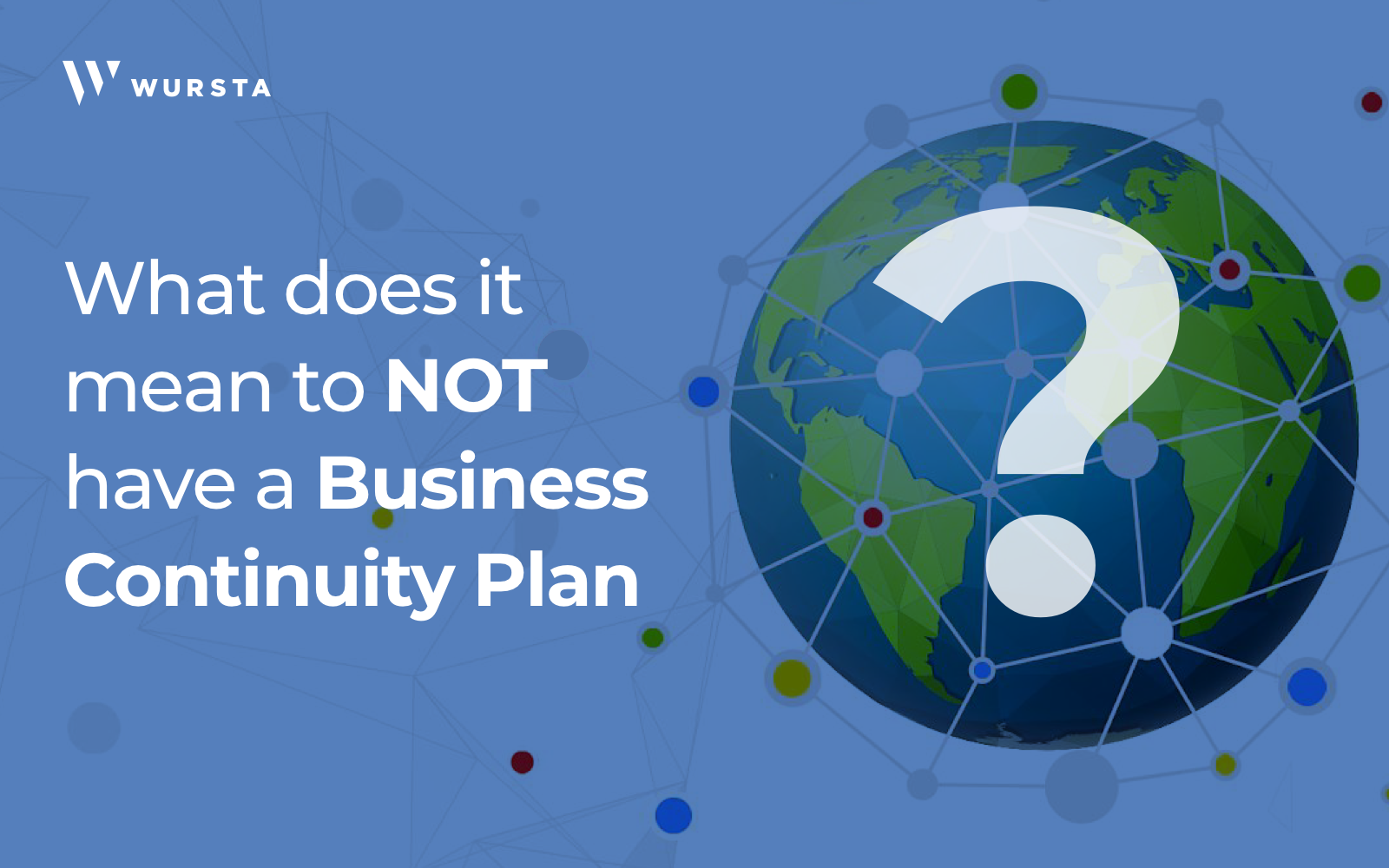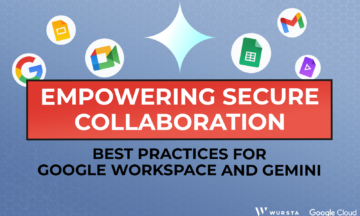What Does It Mean to Not Have a Business Continuity Plan?

IT teams are often overwhelmed just keeping the lights on. It’s therefore understandable how many teams don’t invest time in planning for what happens when all the lights go off.
As we covered in a recent two-part blog series, Business continuity (BC) is the entire process of ensuring that personnel and assets are protected, and operations can quickly resume in the event of a disaster. Business continuity ensures you meet your SLAs and is also mandatory to comply with multiple regulations.
BC lets you keep operating in the event of some sort of outage or interruption, whereas Disaster Recovery (DR) is about recovering any systems or data that were lost, stolen, or otherwise broken. DR is just one component of business continuity.
Similar to life insurance, it’s not exactly a fun service to pursue, and can even be stressful… but it’s important. We’ll take a look at some possible impacts of failure to have a BC plan. After that dose of FUD (Fear, Uncertainty, Doubt), we’ll dive into how Wursta can help get your BC plan up and running with Google tools.
Downtime Comes in Many Shapes
So here we go with that FUD…
When considering disasters that can shut down business, people often think of natural disasters such as hurricanes and tornadoes. Cyberattacks can also grind organizations to a halt, and attacks of all kinds continue to rise. In 2022, Phishing attacks increased by 61%, according to the “2022 State of Phishing” report from SlashNext. Downtime also results from unplanned provider disruptions and internal errors.
Organizations must be able to cope and continue uninterrupted in the face of such threats.
This entails helping your workforce react safely, protecting sensitive data, and enabling ongoing operations with BC plans.
Downtime Causes Many Pains
According to the Hiscox Cyber Readiness Report 2022, roughly half of all US businesses (47%) have suffered an attack in the past 12 months. The report also states the median cost of an attack in 2022 is $18,000, up from $10,000 the previous year. 40% of those suffering attacks in the US land with costs of $25,000 or more. The most common point of entry was a corporate server in the cloud.
The pains of outages and breaches reverberate into the future in various ways, including lost consumer trust. According to a survey by Security.org, “almost one in four Americans stop doing business with companies who have been hacked, and more than two in three people trust a company less after a data breach.”
Downtime Impacts Many [Most] Businesses
41% of enterprises experienced unexpected downtime either weekly or monthly. According to Uptime’s 2022 Data Center Resiliency Survey, 80% of data center managers and operators have experienced some type of outage in the past three years.
Large enterprises are no exception.
Just last month, a networking outage took down Microsoft Azure along with services such as Teams and Outlook used by millions around the globe. Azure’s status page showed services were impacted in Americas, Europe, Asia Pacific, Middle East, and Africa. According to Reuters, Microsoft did not disclose the number of users affected by the disruption, but data from outage tracking website Downdetector showed thousands of incidents across continents.
Google Workspace for Business Continuity
For most organizations, inability to access fundamental collaboration tools such as email brings all operations to a screeching halt. At Wursta, we have created a business continuity plan that offers employees a means of collaborating through Google tools until your primary solution is patched.
Google offers a wide range of solutions meaning business continuity plans can be tailored to the needs of your business and deployed quickly, from lean, to moderate, or full.
Ensure continuity of your business with a robust enterprise backup and disaster recovery strategy from Google Workspace. Google Workspace can be used to automate and enable multi-department collaboration across the organization and empower them with up to date information.
Google Workspace runs as a business continuity solution in the background; optionally with pre-filled mailboxes (mail, calendar, contacts) so that a selection of employees can continue working at any time in the event of system downtime.
Make your business resilient and minimize the impact of disruptions from ransomware or cyber attack by quickly continuing operations.
Wursta Business Continuity Services
Wursta designs and executes business continuity, backup, and disaster recovery plans so you can quickly resume operations in the event of a disaster, meeting your SLAs and complying with regulations. Whether you currently have no backups, NAS-based solutions, VMWare snapshots, or any other type of solution, Wursta can help you meet your recovery time objectives (RTO) and recovery point objectives (RPO).


